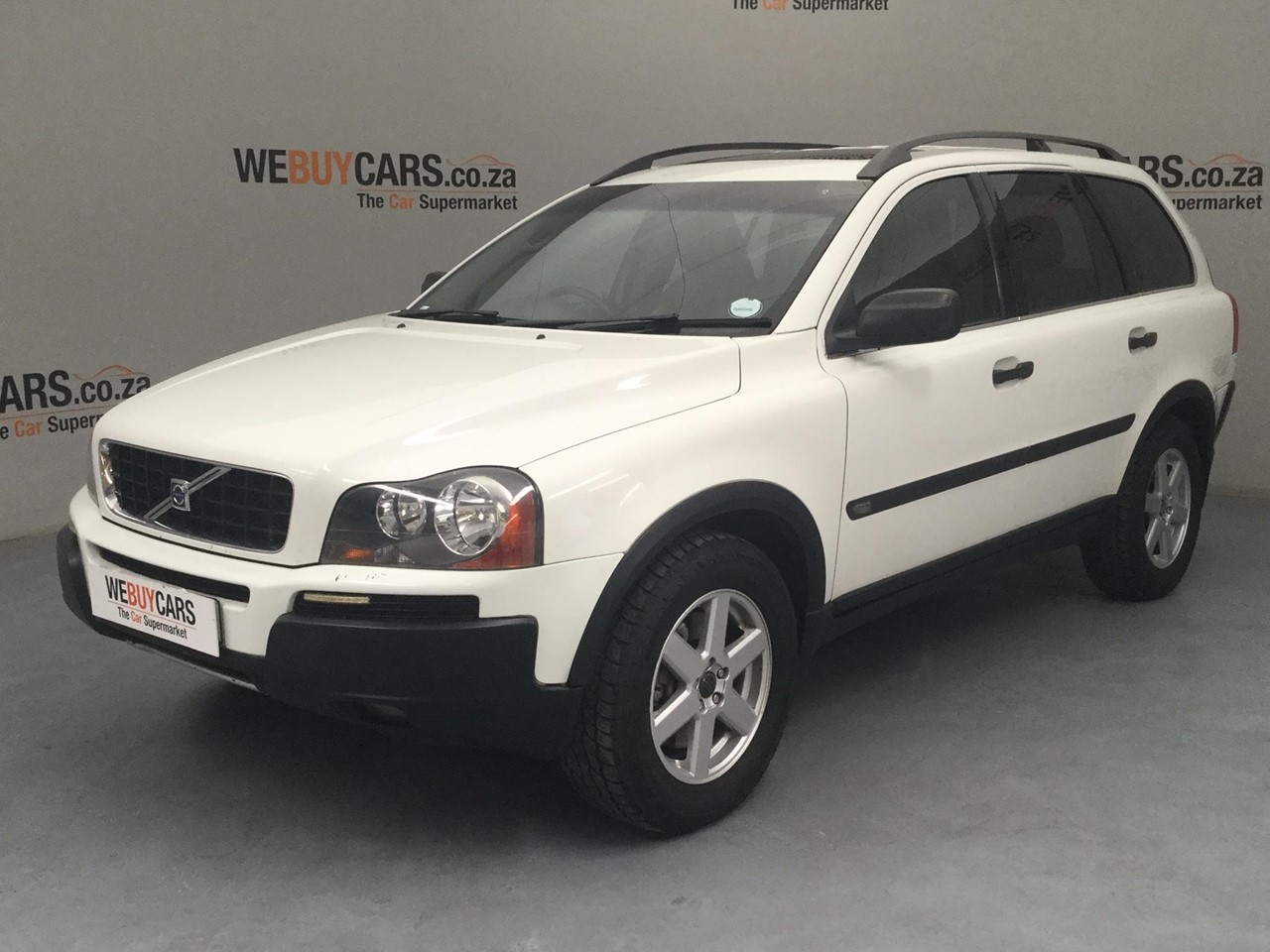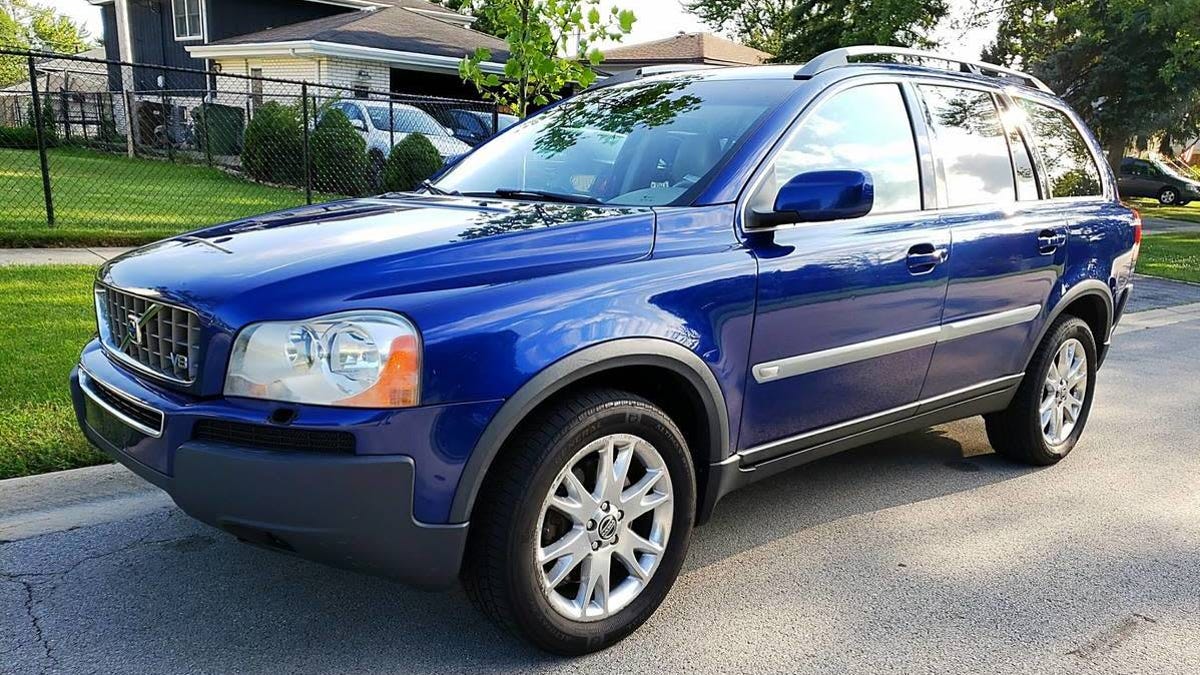
Specifications were also upgraded with a new SE Lux trim level being introduced between the existing SE and Executive strands. The engine range from this point on was 184bhp D5 diesel, 3.2-litre straight six petrol and 4.4-litre V8. The XC90 received a facelift with revised tail lights more body-colouring to the external fittings and a touch more chrome. Major changes were on the cards in the spring of 2006. The revised D5 delivered 184bhp and compliance with the Euro IV emissions regulations. From that point on, the 2.5T engine became the entry-level option with the erstwhile entry-level model, the old 163bhp 2.4 D5, offered only as an automatic and renamed 2.4D. With the asking price for the entry level car comfortably over £31,000 by 2005 and the waiting lists as big as ever, Volvo are perhaps still undercharging for the XC90.Īdmittedly, a shake-up of the range in 2005 resulting from modifications to the D5 diesel engine does distort the picture a little. In the following period Volvo consistently nudged prices higher, justified in some part by minor trim revisions in 2003 and has introduced an Executive model to sit above the S and SE variants. When it was first launched in June 2002, the entry-level D5 S model retailed at £28,400. Rarely had Volvo ever had such a hot cake on their books. In such sweltering conditions it would have been tempting to green light anything and retire for a cool beer, but after much consideration Frasher's design was voted favourite and has subsequently appealed to UK buyers. Volvo's hot weather proving facility outside Scottsdale was the venue and three full-size mock-ups were presented to Volvo's top design gurus from no fewer than thirteen different countries. His design was selected in a rather unconventional beauty contest held in the 40-degree heat of the Arizona desert. The XC90's shape was penned by Doug Frasher, an ex-NASA wind tunnel engineer who is now employed in Volvo's California design studio.

Others felt that PAG would be unwilling for Volvo to poach sales from established brand Land Rover. Some speculated that as part of Ford's Premier Auto Group, the big Ford family 4x4 was going to wear the badge of partner company Jaguar in a bid to spike the guns of Porsche's Cayenne, but they were way off beam. With sales of SUVs spiralling and vehicles like the Mercedes M-Class and the BMW X5 coining it, Volvo appeared to be sitting on its hands. Yes, we've had Volvo's V70 Cross Country, a car which carved an enviable niche for itself in the large estate crossover market, but the Swedes have missed much of the big money game. The company attributes this lateness to a desire to defend its traditional estate car markets, and a niggling factory capacity problem - issues now resolved. Okay, so the other Volvo brand value, environment, had to play a slightly withdrawn role, but it's a wonder the XC90 hadn't appeared earlier. The Swedish company's core brand values of safety, family and quality are nowhere better exemplified than in a big Sports Utility Vehicle. (5dr luxury 4x4, 2.9, 2.5T, 3.2, 4.4 V8 petrol, 2.4, D5 diesel, ) Historyīetter late than never is the motto best applied to Volvo's XC90. You may have to beat a queue of prospective purchasers to the punch. Used examples are now starting to appear but don't expect any bargains.

So far the plaudits for the XC90 have just kept coming. In many ways it was perhaps better than even Volvo realised, the Swedish company continually raising the new price of the XC90 in an attempt to find a point where demand slackened off. Although it may not have revolutionised the luxury 4x4 genre quite so radically as the BMW X5 did, the Volvo XC90 moved the state of the art on in a way few thought possible.



 0 kommentar(er)
0 kommentar(er)
